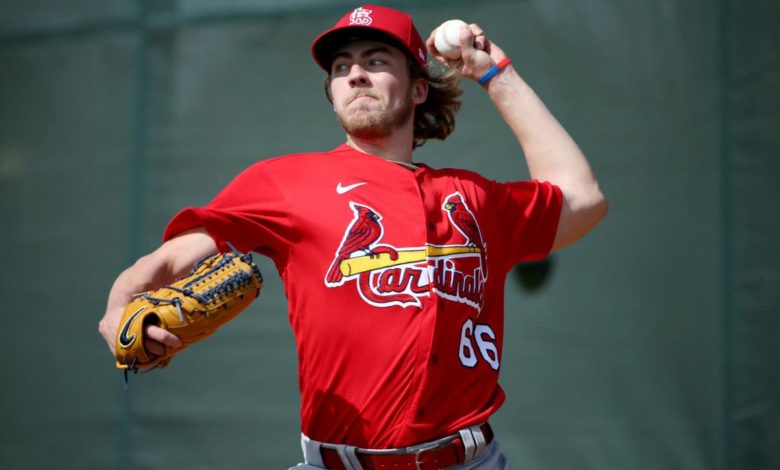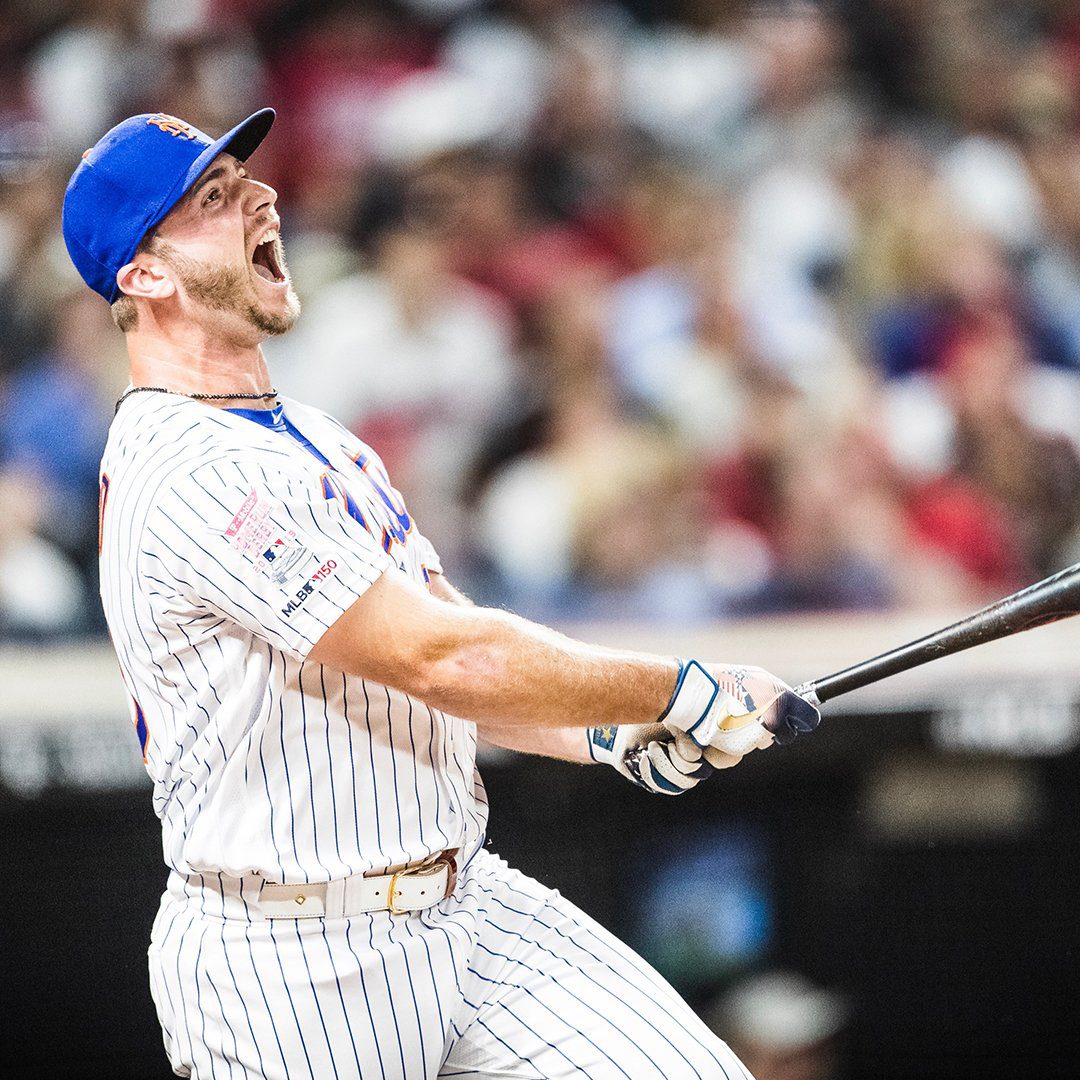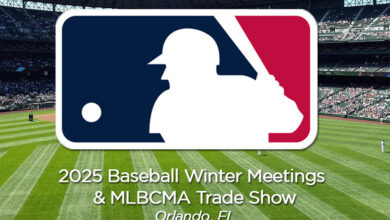
Adam Wainwright has been a factor in the St. Louis pitching staff since 2006, consistently providing excellent results both in the rotation and in the bullpen. Along with longtime backstop Yadier Molina, the two have flourished together and boosted the Cardinals as well. Wainwright has three all-star nods, two gold gloves and a silver slugger along the way, along with a World Series win in 2006. Molina recently signed a one-year extension for the 2022 season and has publicly declared that season to be his last. Wainwright also intends to pitch for the 2022 season, but will turn 41 by the end of that campaign. With Molina already out the door and father time looming, 2022 feels like Wainwright’s last as well.
With a career 44.2 WAR and more on the way, replacing Wainwright will be tough, but does St. Louis already have his replacement waiting in the wings? Enter Matthew Liberatore. Liberatore, the 16th overall pick of the 2018 draft, was acquired by the Cardinals from the Rays as the main return in the Randy Arozarena swap. With Arozarena already entrenched into baseball lore with his mammoth 2020 postseason, making this trade feel like an even one with be a tough test for Liberatore, but his resume shows he’s up for the challenge.
Standing an impressive 6’4″, the left-handed Liberatore oozes with Madison Bumgarner comparisons, and it’s not hard to see why. Liberatore has a smooth delivery and repeats it well. He throws strikes with consistency and commands his pitches well. His tall frame and long arms give off an impression of plus velocity, but Liberatore’s game revolves more around pinpoint control than extreme velocity.
Liberatore’s best pitch is his fastball, which settles in around the low 90s but can touch up to 96. Turning 22 this November, there’s still time for Liberatore to add a touch more strength and get his velocity up a few ticks, but it’s certainly not necessary. His curveball arcs in an extreme 12-6 fashion, and sits in the high 70s. Liberatore is able to combine it with his fastball to disrupt hitter’s timing and the two pitches mesh well. On the rare occasion Liberatore doesn’t have the feel for his curve, his changeup also plays well off the fastball, but sits just a tick lower than the curve. Liberatore is working on adding a slider to his resume, which is showing potential in its early stages but still needs more development.
One of Wainwright’s biggest accomplishments is his major league longevity. Debuting at just 24 years old, Wainwright has stayed remarkably consistent and the 2022 season will be his 17th in the big leagues, an impressive feat for a pitcher. Liberatore might just beat him there. Liberatore pitched well for Tampa’s Low-A affiliate in 2019 before the coronavirus pandemic wiped out the 2020 minor league season.
St. Louis decided to challenge Liberatore by sending him straight to Triple-A Memphis for the 2021 season, where he has faced some struggles but still pitched to a respectable 4.49 ERA in 18 games (16 starts), especially for his age.
All the signs point well for Liberatore’s future. He’s made it to the highest level of the minors at a young age, much like Wainwright. He has plus level pitches and commands the zone well, also like Wainwright. He has the chance to earn a callup and stick around for the long term even before his prime starts, again like Wainwright. The Cardinals most likely would want some additional Triple-A seasoning for Liberatore, so don’t expect him to start the 2022 season in St. Louis’ rotation. But, if he pitches well, a callup and a real shot at the rotation seems likely. Assuming Wainwright returns to St. Louis for a 17th season, Liberatore could have an excellent veteran mentor whom he could learn from, and one day possibly become the next version of.





